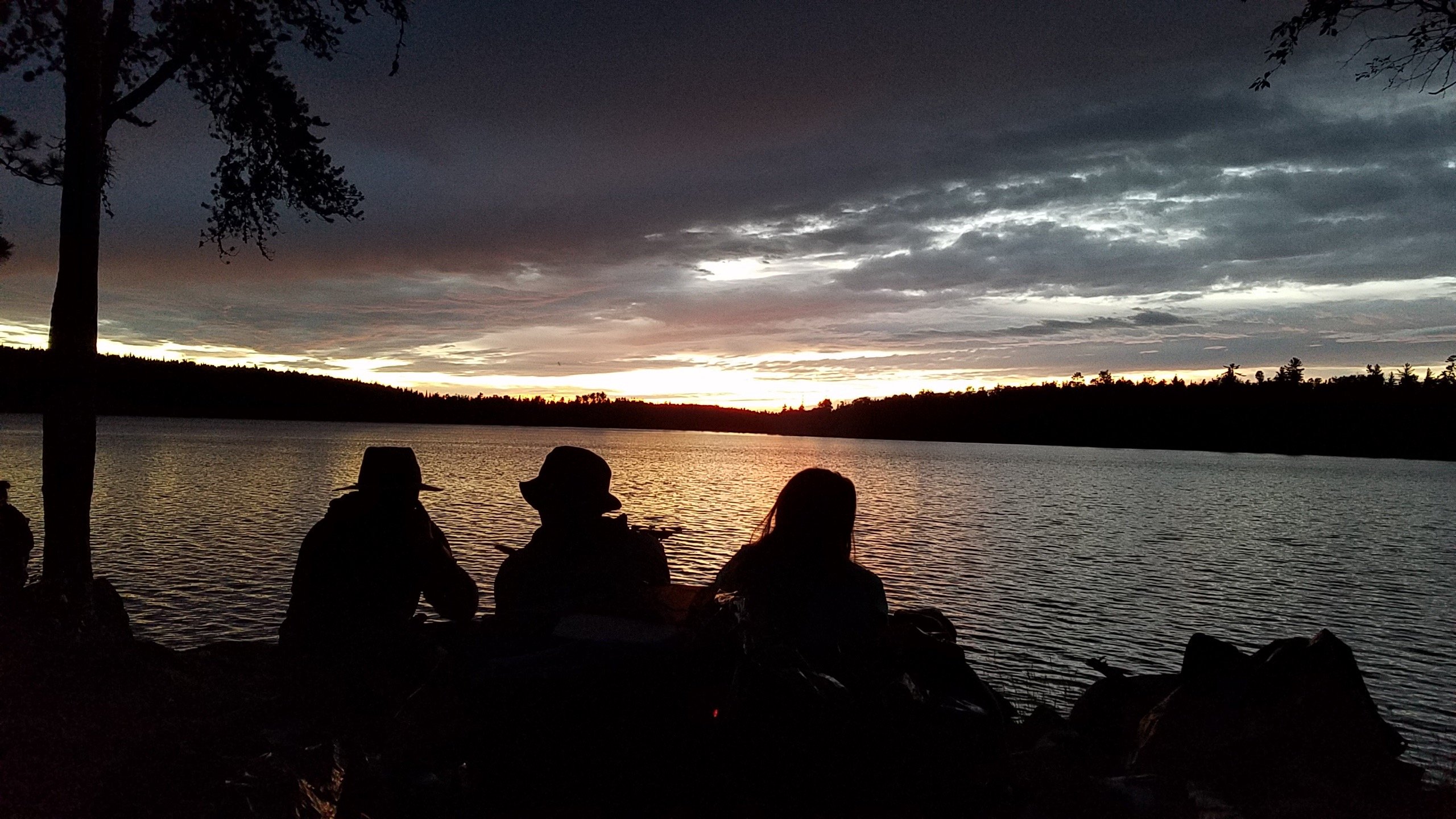On the morning of Day Three we left from our hotel in Urubamba, and made our way by bus towards Ollantaytambo, the last Incan fortress discovered and destroyed by the Spanish during their exploration and conquest of the Incan empire here in Peru.
We had three incredible, and totally distinct stops planned for Day Three: the Maras Salt Mines, the Moray terraces, and the Sun Temple at Ollantaytambo. Each stop left us amazed at how incredible Peru has been.
Our first stop was to the Maras Salt Mines, a group of man-made ponds intended to collect, dry, harvest, and sell the salt that comes from within the nearby mountain, and from the springs of water. Maras is a small town near the mines, where hundreds of families own, and work the mines. According to the history we learned from our local tour guides, Breitzy and Alejandra, the area of Maras used to be part of the ocean. When this part of the ocean dried up, it left behind large composites of salt. The people fill each of the man-made ponds with the salt water, allow it to dry, then rake it up and sell it to support the Maras community. Our group took full advantage of the gift shop where we were able to purchase sample bags of the salt, used for baths or cooking, along with dried corn snacks, salted chocolate, and much more.
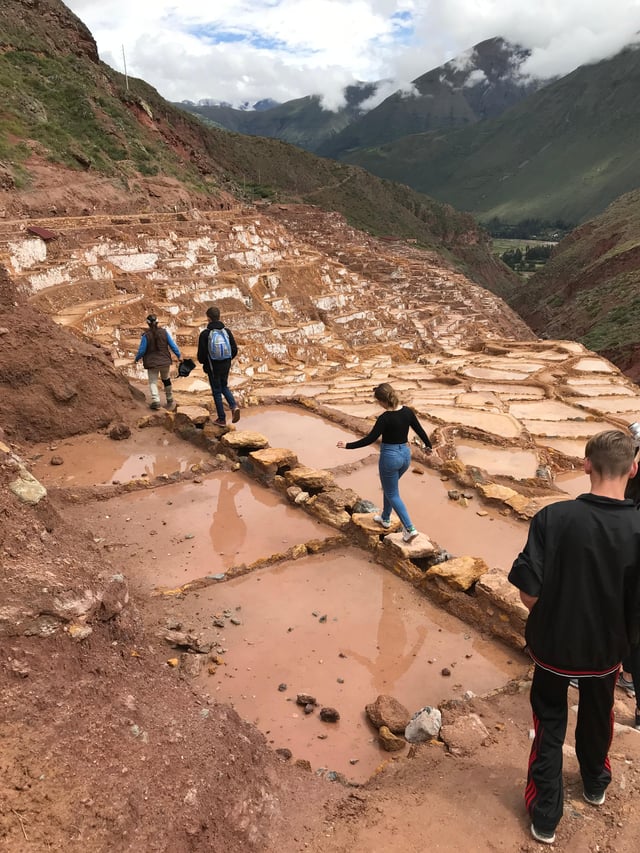
After Maras, our group headed to Moray. An area of land which many archaeologists believe was formed from a possible meteorite struck leaving behind a large crater. Upon viewing Moray, one would see multiple terraces, build into the walls of the crater. Each wall is reinforced with stone, and each terrace includes stone steps, leading to the level above. Moray is a perfect example of how incredible the Incan people were, and how advanced their practices in agriculture (among many other things) were. The terraces of Moray were used as experimental farming land, allowing the Incan people to develop seed and crop that could thrive in high altitude, with heavy rains, with little rain, or for any other seasonal changes/environmental needs that they may have had. After leaving Moray, we headed to our last stop, Ollantaytambo.
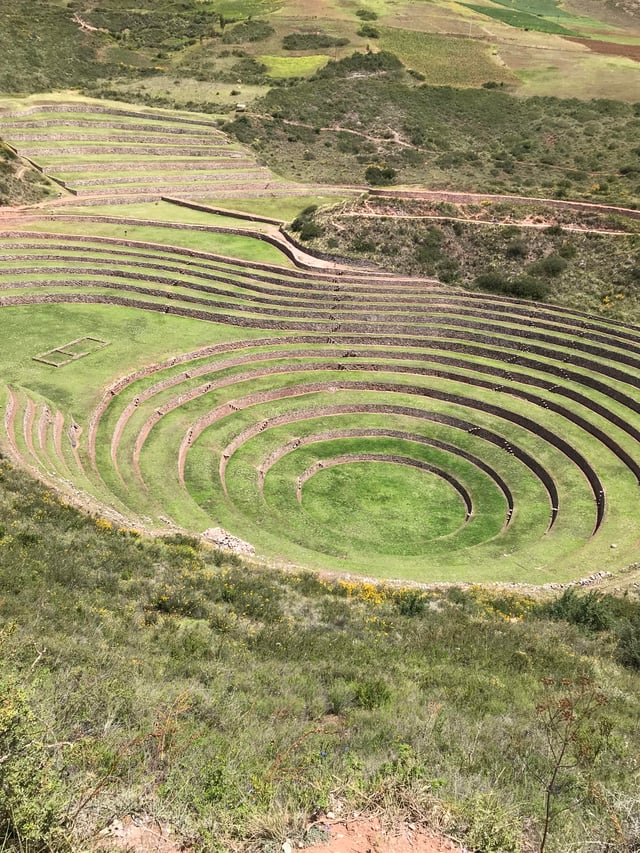
Ollantaytambo is a small town, build upon surviving and restored Incan walls and structure. The town had incredible tight, small streets, and was a major stop for PeruRail, our train service to Machu Picchu. In Ollantaytambo we had the chance to walk through the streets and learn more about the “layers” of architecture present. At the bottom of each building, we noticed Incan stone-work, leading into the rushed restoration of the Spanish, ending with modern day restoration attempts. These three layers are physical reminders of the history of Ollantaytambo.
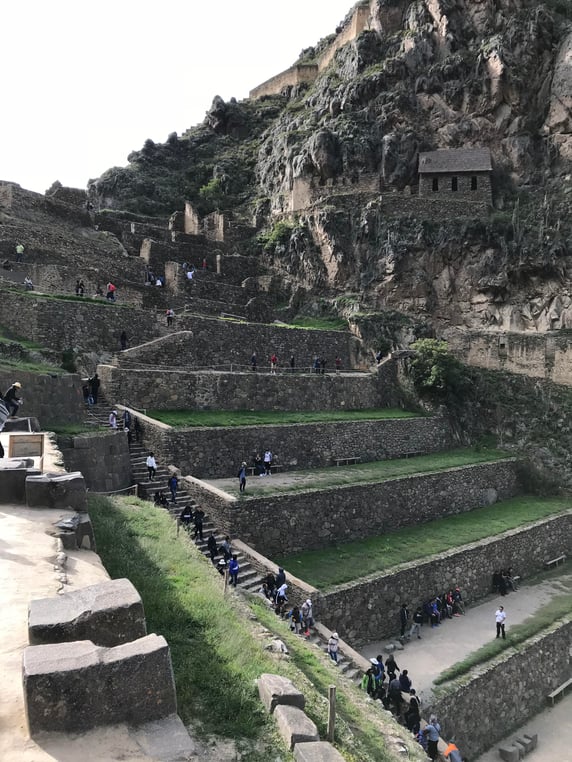
Upon climbing the high steps of the Temple of Ollantaytambo, you get incredible views of the entire town, built into the valley. Across the mountainside, you are able to see storage houses of the Incans, built along the side of the mountain. We were able to explore the different areas of the temple, walk through some of the building remains, and some of the students got another chance to barter in the local market. According to the local guides, Ollantaytambo was the last Incan fortress that the Spanish reached.
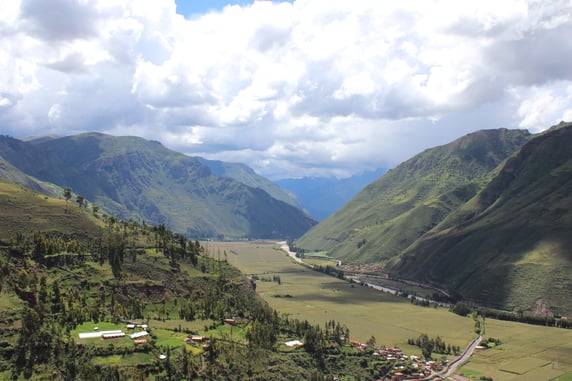
We spent our lunch on Day Three eating at an incredible buffet, eaten outside with llamas, parrots, and dogs (which was the highlight of the trip so far for many students).
We took a night train from Ollantaytambo to Aguas Calientes where we would sleep for the night, and wake up for Machu Picchu the next morning.
After spending the night in one of the fanciest hotels we’d ever experienced, we woke up early to take a bus up the mountainside to Machu Picchu.
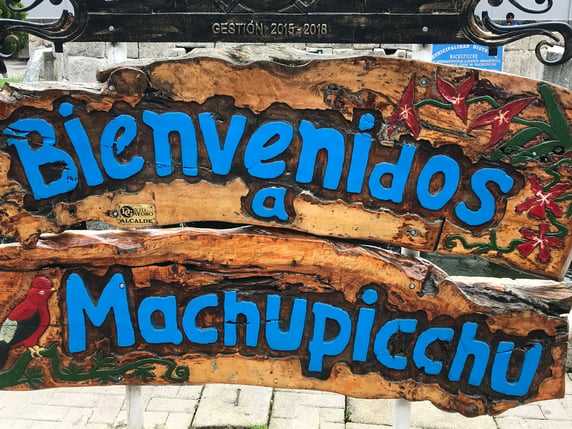
There is no way to accurately express with words how incredible our day at Machu Picchu really was. The day was spent learning about the different buildings still present in the city, learning about the excavation project hoping to restore more and more of this ancient city. According to our guide, Machu Picchu will slowly be closed off to the public in an attempt to preserve the city for future generation. As they continue to restore the city, more and more parts of it are discovered, which means that Machu Picchu is continuing to grow. As you stand at the highest point, you can faintly see multiple Inca Trails through the jungles and mountainsides. Machu Picchu most likely served as an Incan capital city for trade and celebrations. Climbing hundreds of Incan steps led to sore legs and sunburnt noses the next day.
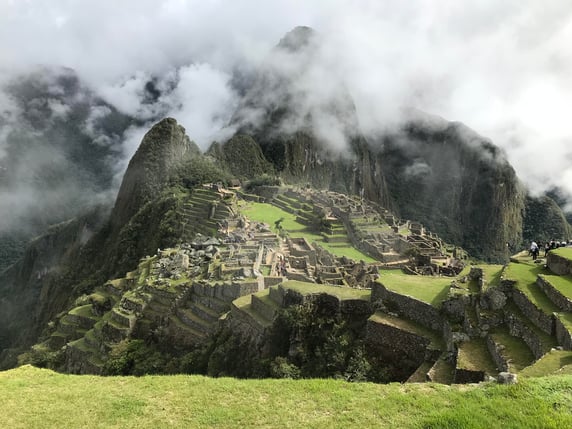
Fifteen llamas reside in Machu Picchu. They can be found grazing in the central plaza of the city, jumping the walls and joining the tourists on the pathways, and spending the night sleeping in the old Incan houses. The students* (*read: llama-obsessed students) enjoyed this portion of Machu Picchu a lot.
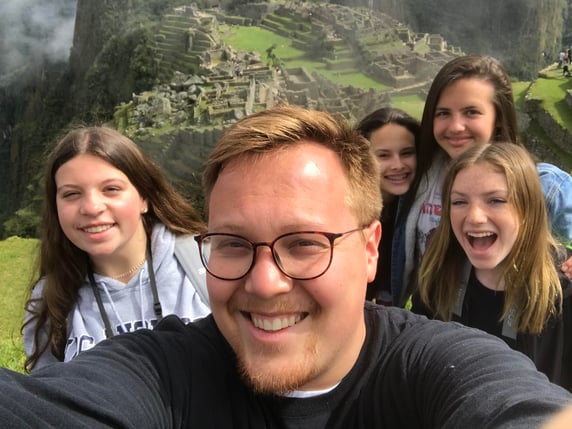
We left Machu Picchu and took another train ride and bus ride back to Cusco, where we mentally and emotionally prepare for our 8-hour bus ride to Puno and Lake Titicaca!
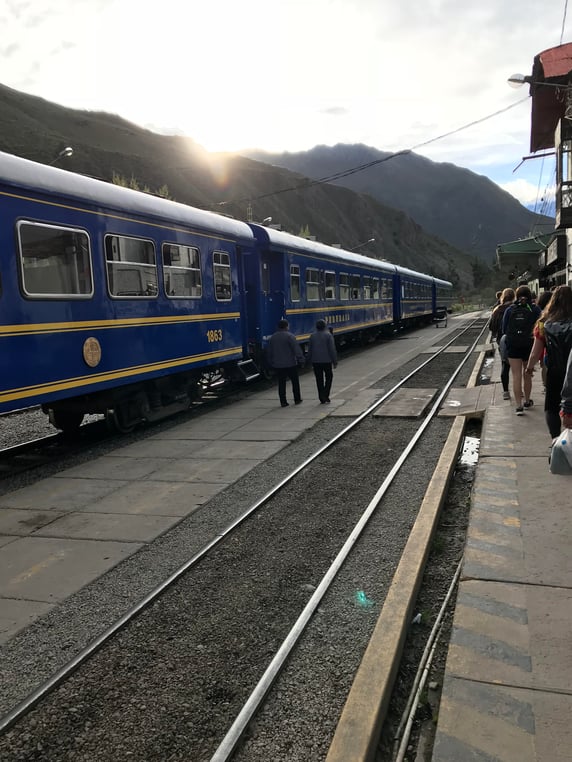
Peru has proven to be an incredible country. What a blessing this trip has been.

